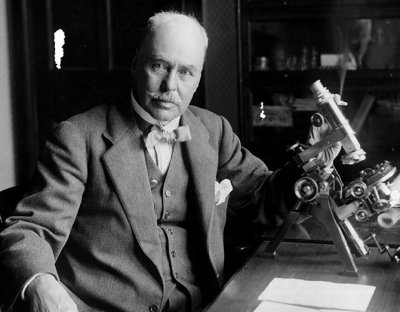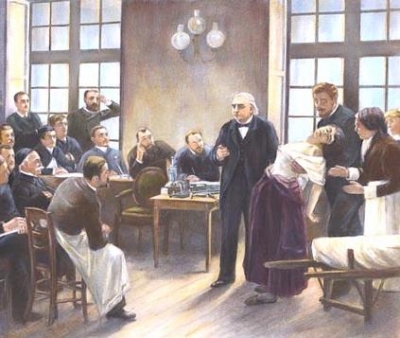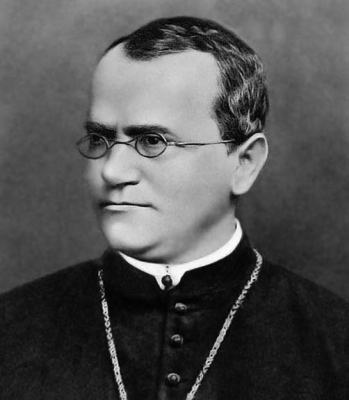What does corneal transplantation mean?

The cornea is the clear, front part of the eye that covers the iris (coloured part of the eye), pupil (black hole in the centre of the iris) and the eye chamber. The main job of the cornea is to refract light so that the image strikes the retina.
The cornea may be damaged in a number of ways, which may lead to loss of vision and blindness. In such cases sight may be restored if the damaged cornea is replaced with a functional one. This was only made possible in 1905, when a Moravian doctor, Eduard Zirm transplanted a deceased child donor’s cornea to the eye of a chemical burn victim.
Cornea transplants became more common with advances in operating microscopes and the establishment of eye banks for the donation of corneas.
Picture Credit : Google













